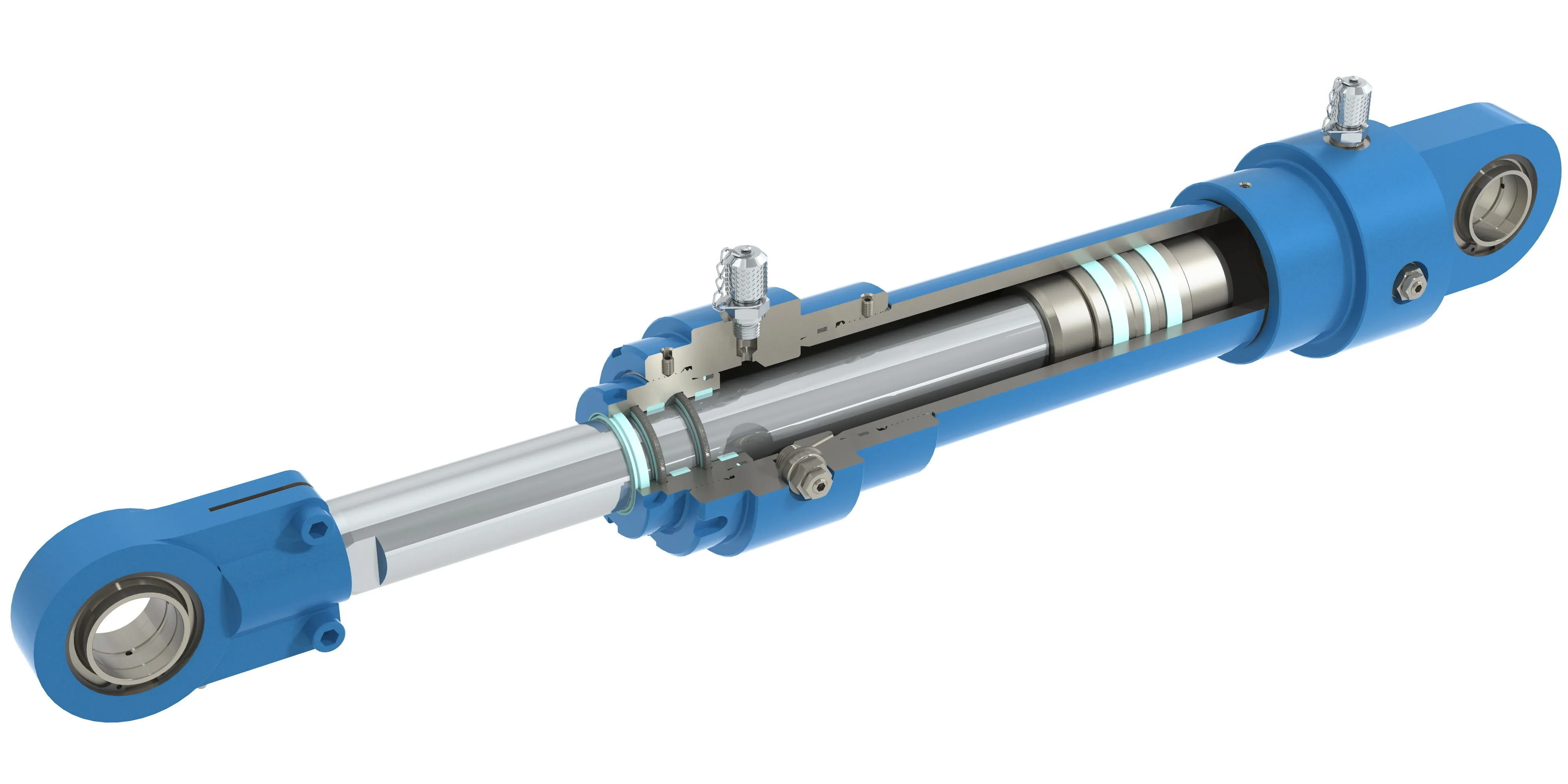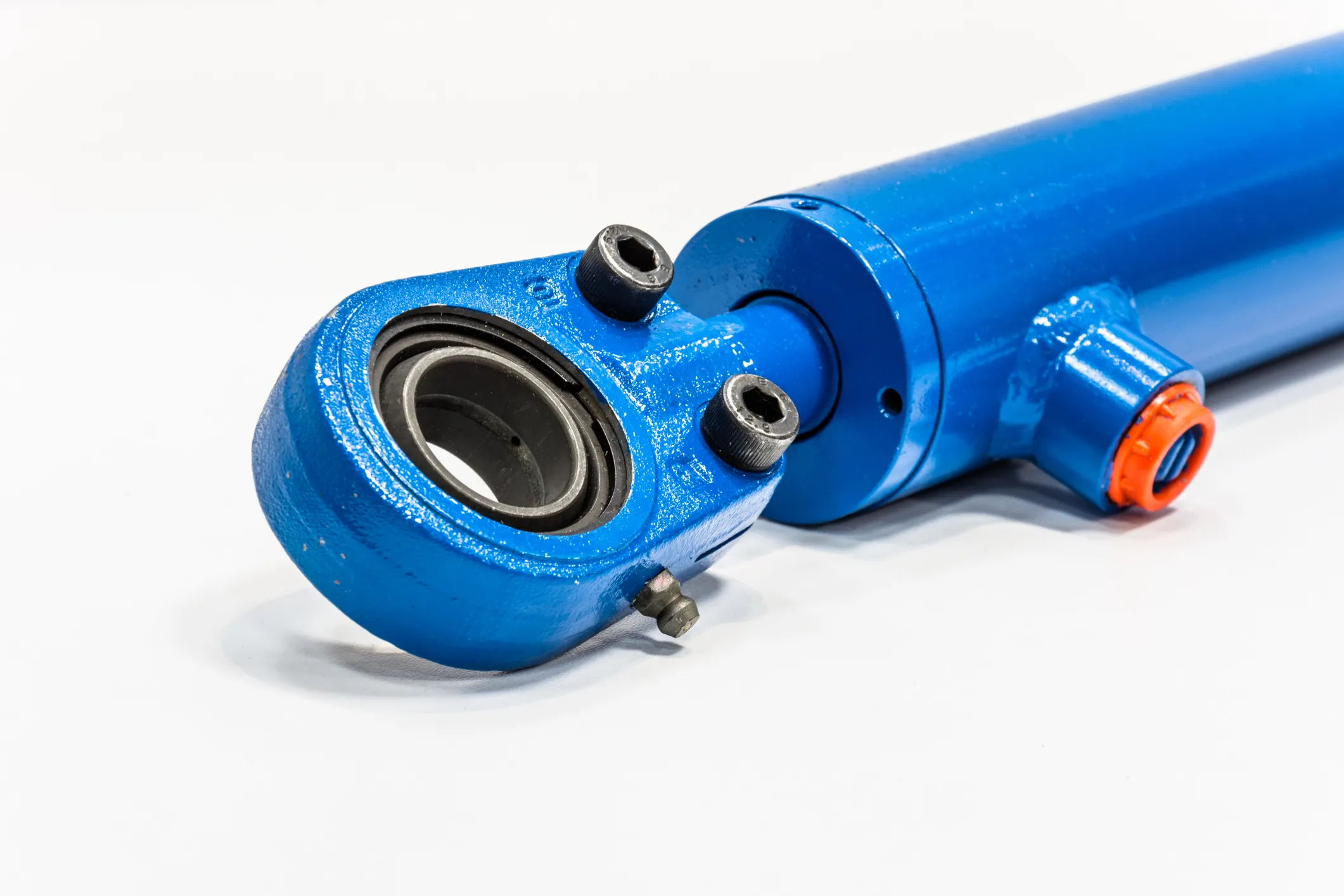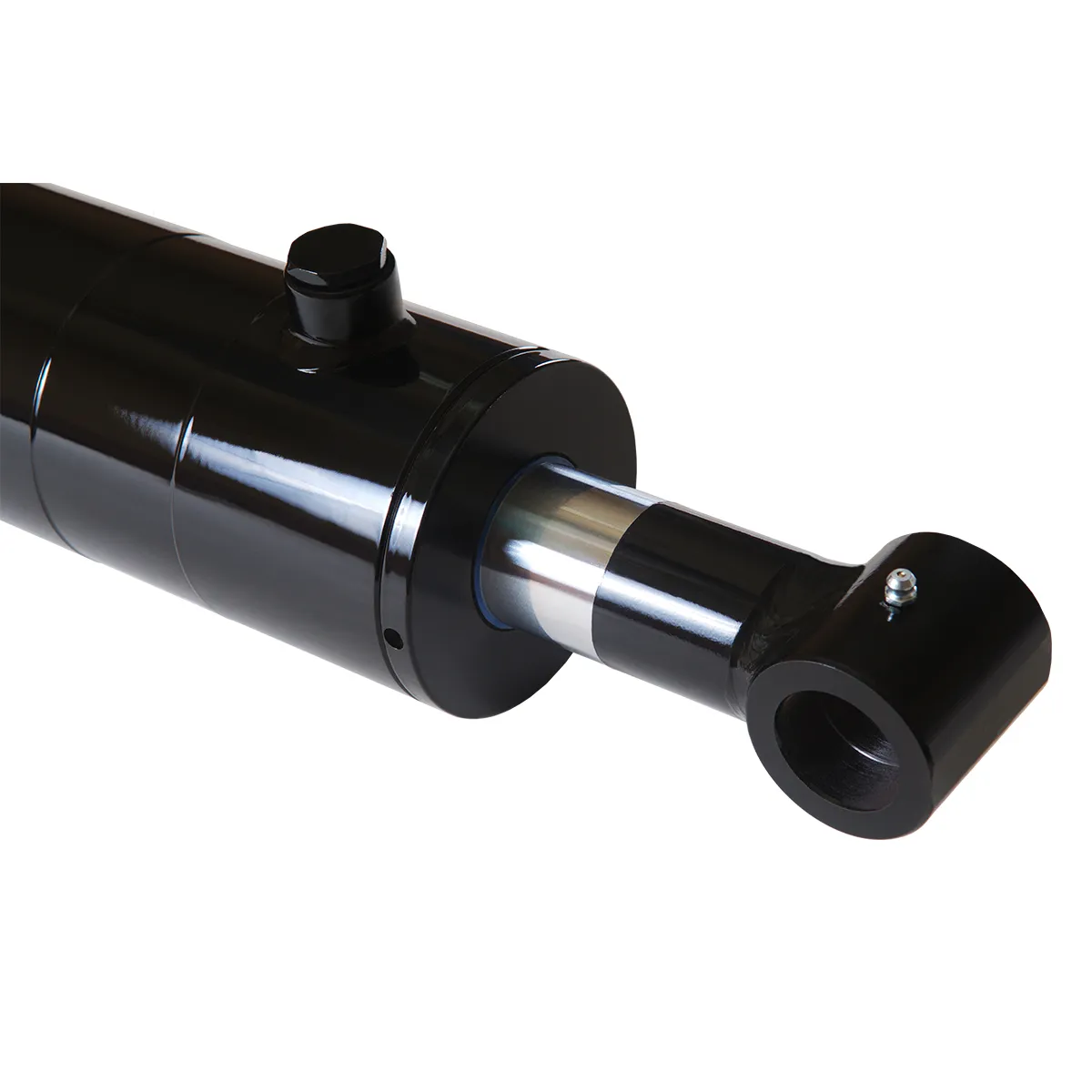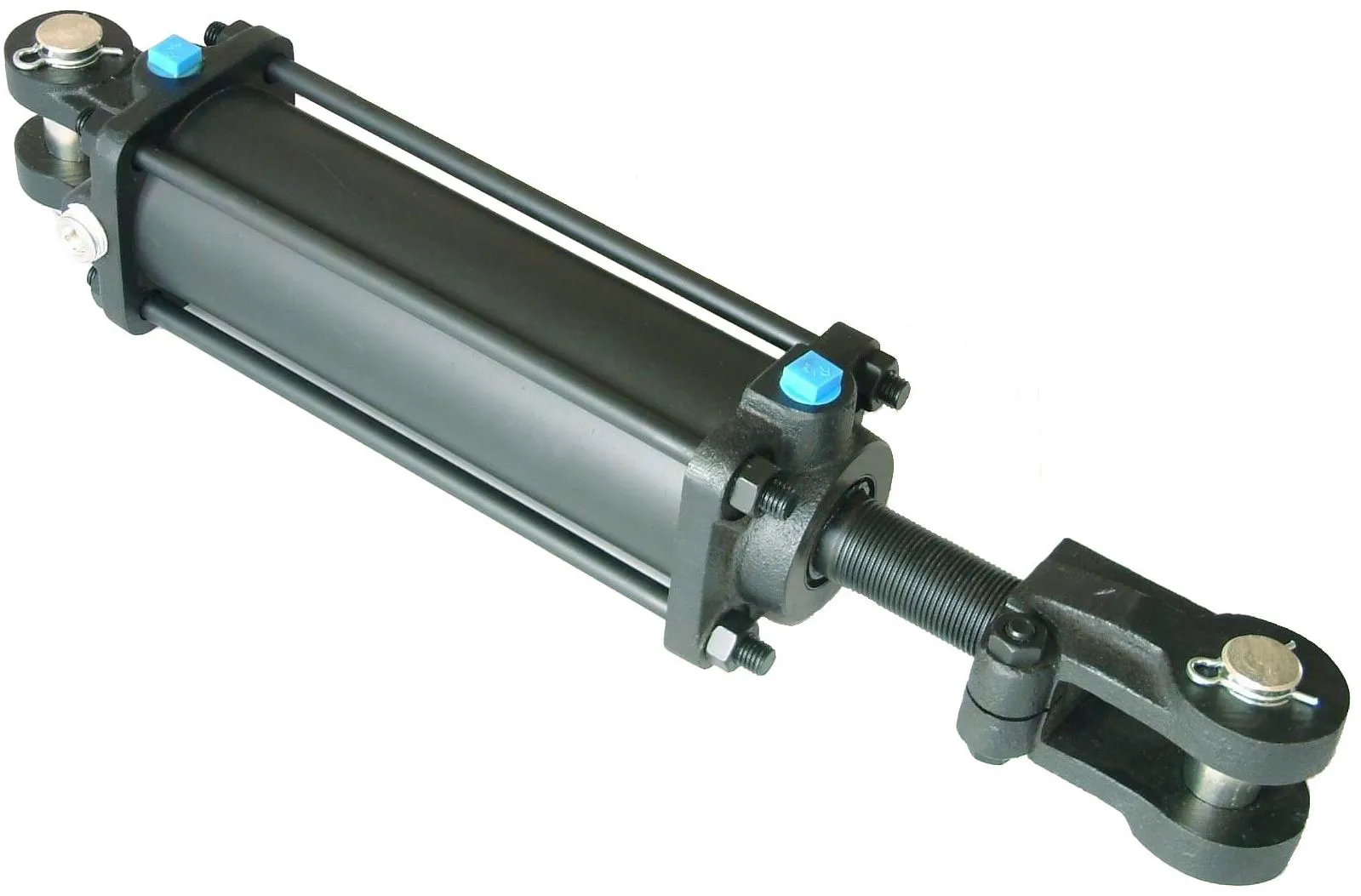Unlocking the Potential: Exploring Locking Single-Acting Hydraulic Cylinders

Subtitle: Understanding the Key Features of Locking Single-Acting Hydraulic Cylinders
Locking single-acting hydraulic cylinders, also known as locking single-acting pressure cylinders, are hydraulic cylinders that operate under hydraulic pressure in one direction and have a locking function to prevent movement in the absence of pressure.
Design and Construction Characteristics

- Locking Mechanism – Safety: The main feature of these cylinders is the locking mechanism that keeps the piston in a safe position when hydraulic pressure is lost, preventing accidental retracting. This mechanism can be mechanical or hydraulic.
- Variety: The design of the locking mechanism can be customized for specific applications, using spring-loaded devices, pin locks, or other forms of mechanical locks.
- Compact Structure – Space Optimization: These cylinders are designed to be compact, making them ideal for use in limited spaces and various equipment.
- Precision Manufacturing – High-Precision Machining: Components are machined with high accuracy to ensure good fit, sealing performance, and to avoid leakage.

Working Principle
When hydraulic oil is pumped into the chamber, the cylinder extends and pushes the piston outward. The retraction is achieved by a locking mechanism that holds the piston in place, preventing accidental movement. This locking function can be mechanical or hydraulic, ensuring safety even if hydraulic pressure is lost.
Types and Configurations
There are three main types of locking single-acting hydraulic cylinders, each with unique configurations designed for specific applications.
Benefits
- Enhanced Security: Locking mechanisms reduce the risk of accidental retractions, improving operator safety.
- Reliability: These cylinders are designed to operate effectively under high loads and varying conditions, ensuring consistent performance.
- Simplicity: Easy to operate and maintain, making them user-friendly for a wide range of applications.
Applications
- Construction Equipment: Commonly used in cranes, hoists, and lifts to securely hold heavy objects.
- Manufacturing: Used in presses for forming materials under high pressure and requiring secure fixation.
- Transportation: Stabilizers and jacks in vehicles to ensure safety during maintenance or transport.
Design Considerations and Selection Criteria
When choosing a locking single-acting hydraulic cylinder, factors such as bearing capacity, sealing, durability, safety, and maintainability should be considered to ensure optimal performance.
Sealing and Lubrication
These cylinders require various seals and regular lubrication to ensure proper functioning and prevent wear. Proper maintenance is crucial for longevity and performance.
Preventive Maintenance
Regular inspections and preventive measures are essential to ensure the continued performance and safety of locking single-acting hydraulic cylinders.
Installation Guide
Proper installation is key to the performance of these cylinders. Follow the manufacturer’s guidelines for correct installation procedures.
Maintenance Tasks
Regular inspection, lubrication, seal replacement, and calibration are essential maintenance tasks to ensure the longevity and efficiency of these cylinders.
Safety Considerations and Environmental Factors

Adhering to safety measures and considering environmental factors are crucial when using locking single-acting hydraulic cylinders to prevent accidents and ensure environmental compliance.
Unit Power
The unit power of these cylinders is influenced by factors such as cylinder diameter, operating pressure, piston speed, and load conditions, impacting efficiency and performance.
Optimizing Power Unit
Optimizing the power unit of locking single-acting hydraulic cylinders can enhance efficiency, save energy, and improve reliability, leading to increased productivity and reduced operating costs.
Common Questions
- How does the locking mechanism work? The locking mechanism holds the piston in place, preventing movement when hydraulic pressure is lost.
- What are the main components? The main components include the piston, cylinder, locking mechanism, and seals.
- Advantages over standard cylinders? Locking cylinders offer enhanced security, reliability, and simplicity over standard cylinders.
Long-Tail Keywords
- Customizable Locking Mechanism: These cylinders offer customizable locking features for specific applications.
- High-Precision Construction: Precision manufacturing ensures accurate fit and sealing performance.
- Compact and Reliable Design: Compact structure optimizes space while ensuring reliable performance.
Company Overview
We are a leading hydraulic cylinder manufacturer with a complete product line, offering customized services and international certification to meet diverse customer needs.
Author: lyl
